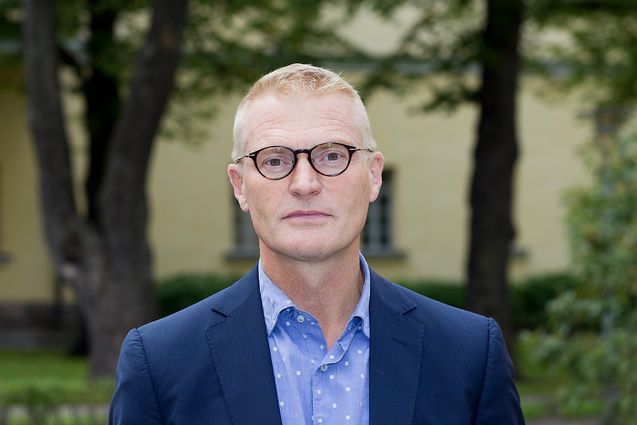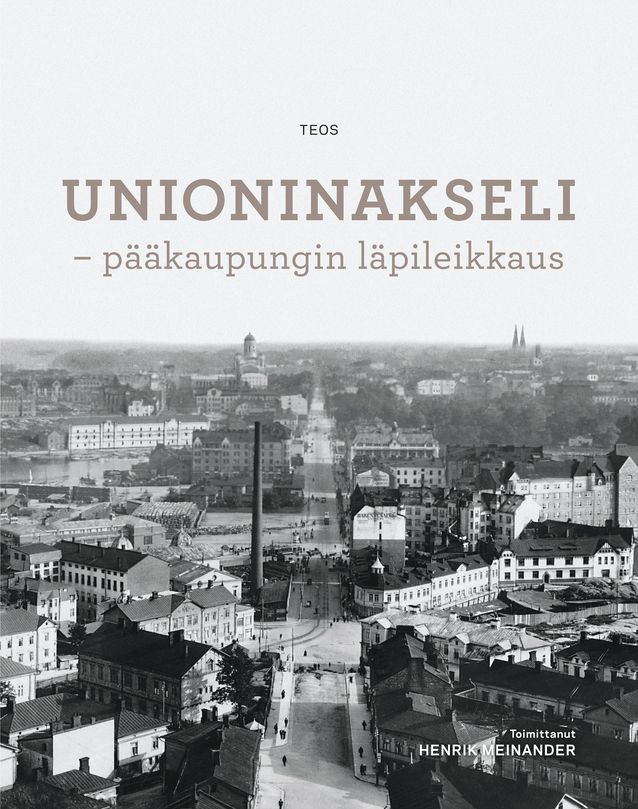Henrik Meinander
Carl Henrik Meinander
Born May 19, 1960, Helsinki
PhD 1994 (Finnish and Scandinavian history), University of Helsinki
Master of Letters 1991 (Pedagogics) University of Glasgow
Master of Arts 1987 (Finnish and Scandinavian history), University of Helsinki
Director of research, researcher 2015–, Driving Forces of Democracy research programme, University of Helsinki, (Jane and Aatos Erkko Foundation)
Professor of History 2001–, University of Helsinki
Vice-dean of the Faculty of Arts 2010–13, University of Helsinki
Project researcher 2008–10, Swedish Cultural Foundation in Finland
Head of the Department of History 2004–06, University of Helsinki
Senior research fellow 2007–08, Academy of Finland
Acting associate professor of the history of science and learning 1997–98, University of Helsinki
Intendant 1991–97, Mannerheim Museum
Research associate in history 1991–97, 1998–99, University of Helsinki
PhD student, Academy of Finland 1988–89, Ministry of Education 1990
Part-time history teacher 1986–87, Mattlidens gymnasium
Research themes:
Right-wing radicalism, the history of sport, the history of science and learning, historiography, military history, the social history of ideologies, Swedishness in Finland, the history of security policy, the driving forces of democracy
Publications, research projects and other academic activity
Awards and honours:
Årets Nors 2010 (annual prize awarded to former students of the Helsinki Normal Lyceum)
Swedish-Finnish Cultural Foundation prize for academic research 2008
The Swedish Academy’s Finland Prize 2007
Oskar Öflund Foundation prize 2002
Photo: Julia von Boguslawski
Written by Henrik Meinander (Tomas Sjöblom, ed.)
Translated by Matthew Billington


